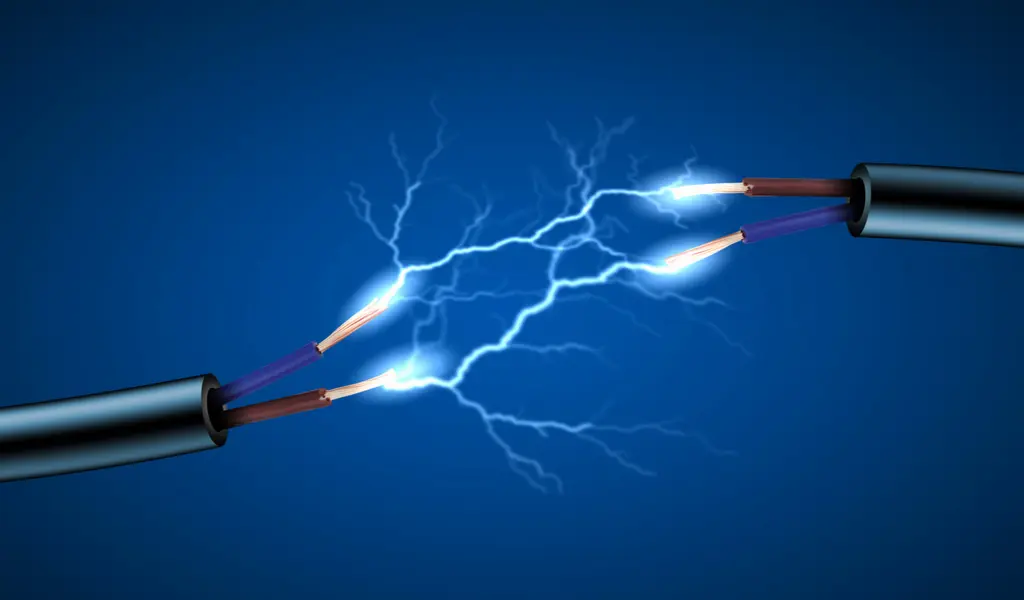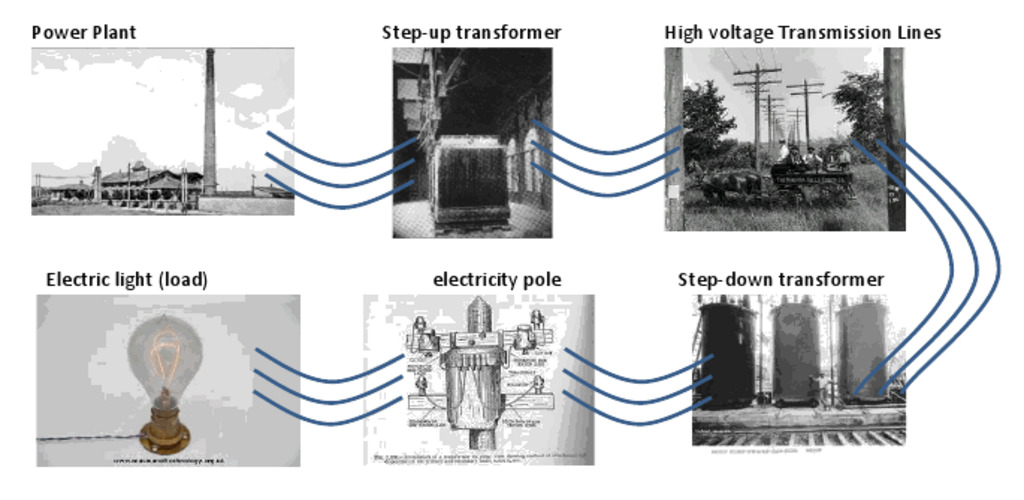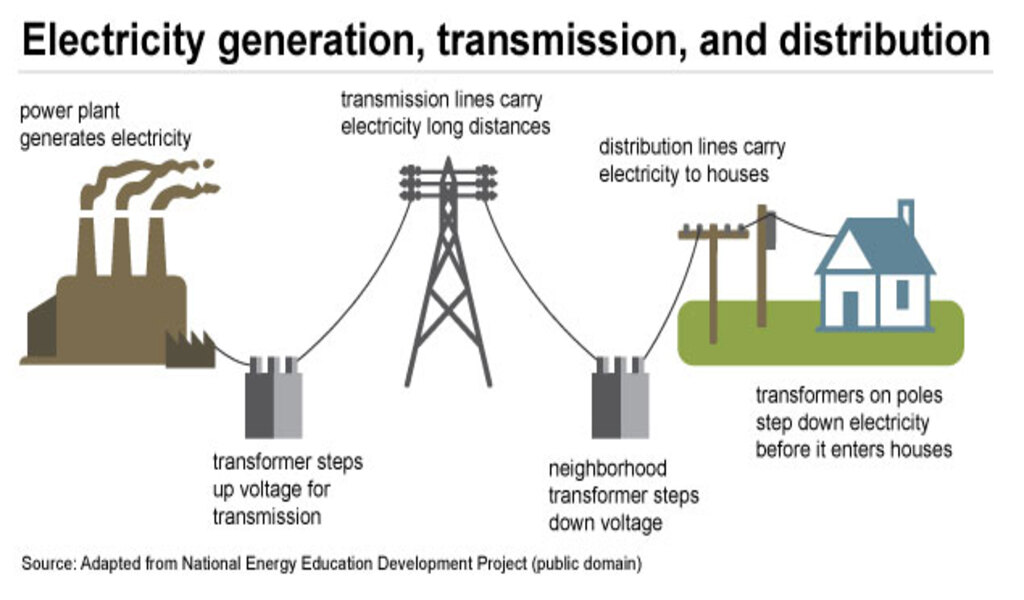Learning
Understanding Electricity: A Beginner’s Guide
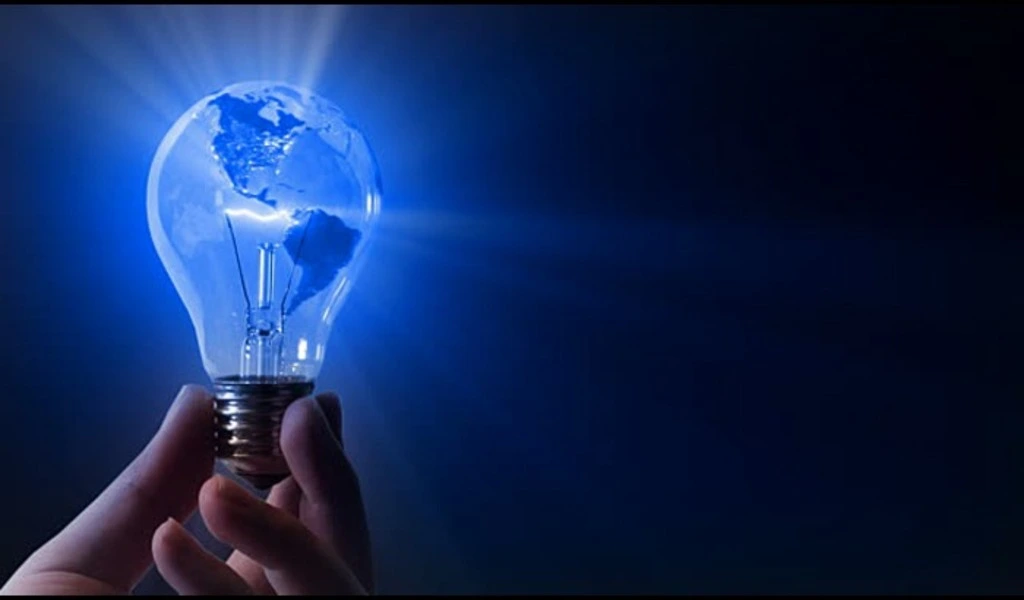
(CTN NEWS) – Are you curious about electricity? Do you want to learn more about the basics of electrical power and how it works?
Look no further than this beginner’s guide to electricity. In this article, we’ll explain everything you need to know about electricity, from its history to how it is generated and distributed.
1. Introduction
Electricity is an essential part of our daily lives. From powering our homes and businesses to fueling our transportation systems, electricity is the lifeblood of modern society.
Yet, despite its importance, many people don’t fully understand how electricity works or where it comes from.
In this article, we’ll explore the basics of electricity and help you better understand this fundamental force of nature.
2. The History of Electricity
Electricity has a long and fascinating history. From ancient experiments with static electricity to the invention of the light bulb, humans have been fascinated by this mysterious force for centuries.
In the late 19th and early 20th centuries, electricity began transforming the world.
With the invention of the electric motor, electric power grids, and other breakthroughs, electricity became a crucial part of industrialization and modernization.
3. What is Electricity?
At its most basic level, electricity is the flow of electrons from one point to another. Electrons are tiny, negatively charged particles that exist in atoms. When they flow through a material, they create an electrical current.
4. Electrical Charge
To understand electricity, it’s essential to understand the electrical charge. Electrical charge is a fundamental property of matter that describes the attraction or repulsion between particles.
Charged particles can be positive or negative like charges repel while opposite charges attract.
5. Electric Fields
Electricity is created by the interaction of electric fields and charged particles. Electric fields are invisible around charged particles and can influence other charged particles nearby.
6. Conductors and Insulators
Some materials, such as metals, allow electricity to flow easily.
These materials are known as conductors. Other materials, such as rubber or glass, do not allow electricity to flow through them easily and are known as insulators.

Here are common examples of electrical and thermal conductors and insulators.
7. Electric Current
An electric current is the flow of electrons through a conductor. It is measured in amperes (A) and is the rate at which electrons flow past a point in a circuit.
8. Voltage
Voltage is the force that drives electrons through a conductor. It is measured in volts (V) and can be thought of as the “pressure” that pushes electrons through a circuit.
9. Resistance
Resistance measures how difficult it is for electrons to flow through a conductor. It is measured in ohms (Ω) and is influenced by factors such as the material of the conductor, its length, and its temperature.
10. Circuits
A circuit is a closed loop through which electricity can flow. Circuits can be simple or complex, including resistors, capacitors, and transistors.
11. Electrical Power
Electrical power is the rate at which electrical energy is transferred or used. It is measured in watts (W) and is calculated by multiplying voltage by current.
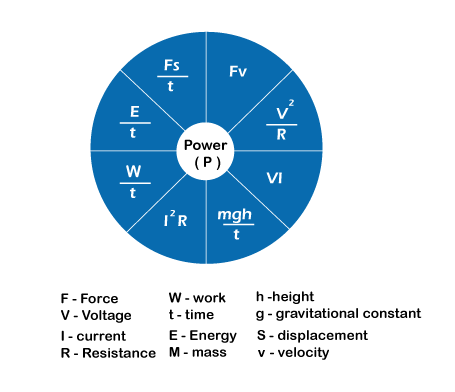
Electric Power
12. How is Electricity Generated?
Electricity can be generated in various ways, including burning fossil fuels, harnessing the power of moving water, or capturing energy from the sun or wind.
Each method has its advantages and disadvantages, and the choice of generation method can significantly impact the environment.
13. The Grid: Distributing Electricity
Once electricity is generated, it must be distributed to homes and businesses. This is done through a network of power lines and transformers known as the grid.
The grid is a complex system that requires careful management and maintenance to ensure a reliable electricity supply.
14. Renewable Energy Sources
Renewable energy sources, such as solar and wind power, are becoming increasingly popular for generating electricity without relying on fossil fuels.
These energy sources are often seen as more environmentally friendly, but they also have unique challenges.
15. Conclusion
Electricity is a fundamental force of nature that has transformed the modern world. From the invention of the light bulb to the development of electric cars, electricity has profoundly impacted our lives.
Understanding the basics of electricity is essential for anyone who wants to learn more about the world around them.
There is always more to learn, whether you’re interested in how electricity is generated or distributed. By exploring the history and science of electricity, you can gain a deeper appreciation for this essential force of nature.
RELATED CTN NEWS:
Top 7 Benefits of Outsource HR Services

